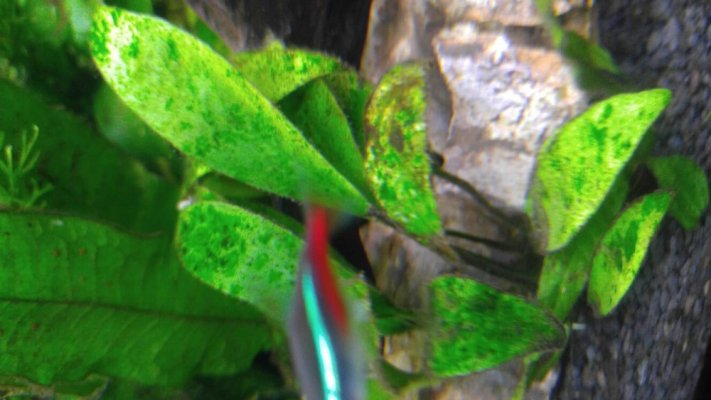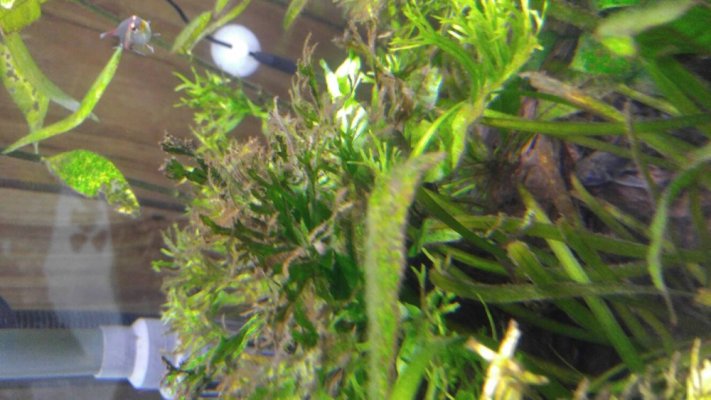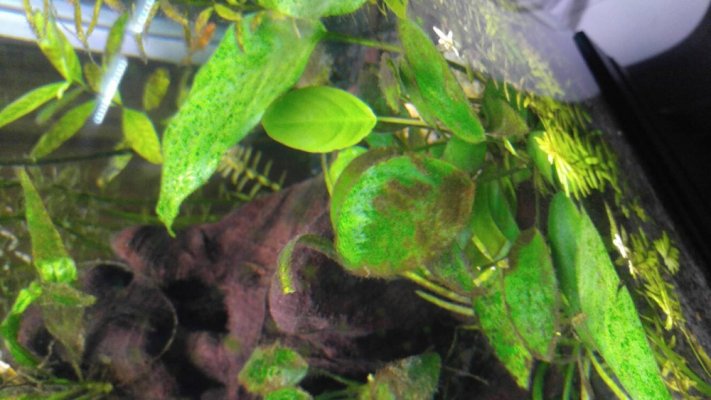rickrollxx
Aquarium Advice Apprentice
- Joined
- Mar 12, 2017
- Messages
- 38
My 46g has been established for months now and grows very well for the most part. I use eco complete with dry fertilizers and also liquid ferts dosing. Also use flourish excel. A lot of my plants have algae on them. I'm at the point now we're I think I'm going to get injected C02 for better plant health. Does anyone have any input on this. 





